Studying the Zone of Proximal Development in Preschool Children by the Observation Method
Author(s)
Starodubtseva Galina Alexandrovna, Candidate of Sciences (Psychology), Associate Professor of the Department of Pedagogy and Psychology, ORCID https://orcid.org/ /0000-0002-5626-916X, Institute of Education Development of Irkutsk Region
10 A Krasnokazachiya St, Irkutsk, 664007, Russia, tel.:+7(3592)500904, e-mail: This email address is being protected from spambots. You need JavaScript enabled to view it.
Abstract. Introduction. The focus of the paper is on the issues of determining the zone of proximal development of a child in a preschool educational institution using the main pedagogical method, i.e. the method of observation.
The research problem lies in that the teacher (educator) needs to determine an individual level of development of the child, in particular, through the pedagogical observation. In practice, however, it is difficult to qualitatively implement and apply this method for various reasons. The paper aims to study the possibility of identifying the zone of proximal development in preschool children by observing and determining the specific indices of this zone. The objectives of the paper are to clarify the theoretical principles of the cultural and historical concept of L. S. Vygotsky and his supporters in the study of the levels of actual and proximal development of the child, as well as to reveal the possibilities of measuring the zone of proximal development using the examples of specific observations of children in a preschool organization. The paper analyzes the theoretical principles used in psychology and pedagogy by classical and contemporary authors to study the considered problem. The materials of teachers’ observations of children in preschool educational organizations are used.
The results of the study. The findings of the study indicate the possibility of identifying the specific indices of the zone of proximal development of a preschool age child rather than the zone itself when using the observation method. These indices may include the child’s encounter with a difficult task or problem situation, the negative emotional manifestations (a situation of drama) in behavior or speech, the appearance of another border of the zone of proximal development (an actually inaccessible zone) in case of difficulties in performing joint tasks of the child and the adult. At the same time, the zone of proximal development can be described only through the participant observation when children and adults cooperate.
Conclusion. The results of the analysis will make it possible to expand the possibilities of using pedagogical observation to develop a technology for diagnosing the zone of proximal development of a preschool child. Keywords: Actual development zone, proximal development zone, cultural-historical concept, indices of the proximal development zone, child and adult cooperation, pedagogical and psychological assessment of a child individual development, observation method, preschool educational organization.
Keywords: Actual development zone, proximal development zone, cultural-historical concept, indices of the proximal development zone, child and adult cooperation, pedagogical and psychological assessment of a child individual development, observation method, preschool educational organization.
For citation: Starodubtseva G. A. Studying the Zone of Proximal Development in Preschool Children by the Observation Method. Pedagogicheskiy IMIDZH = Pedagogical IMAGE. 2020; 14(1): 62-77.
UDС: 373.2+371.315.1
DOI: DOI: 10.32343/2409-5052-2020-14-1-62-77






